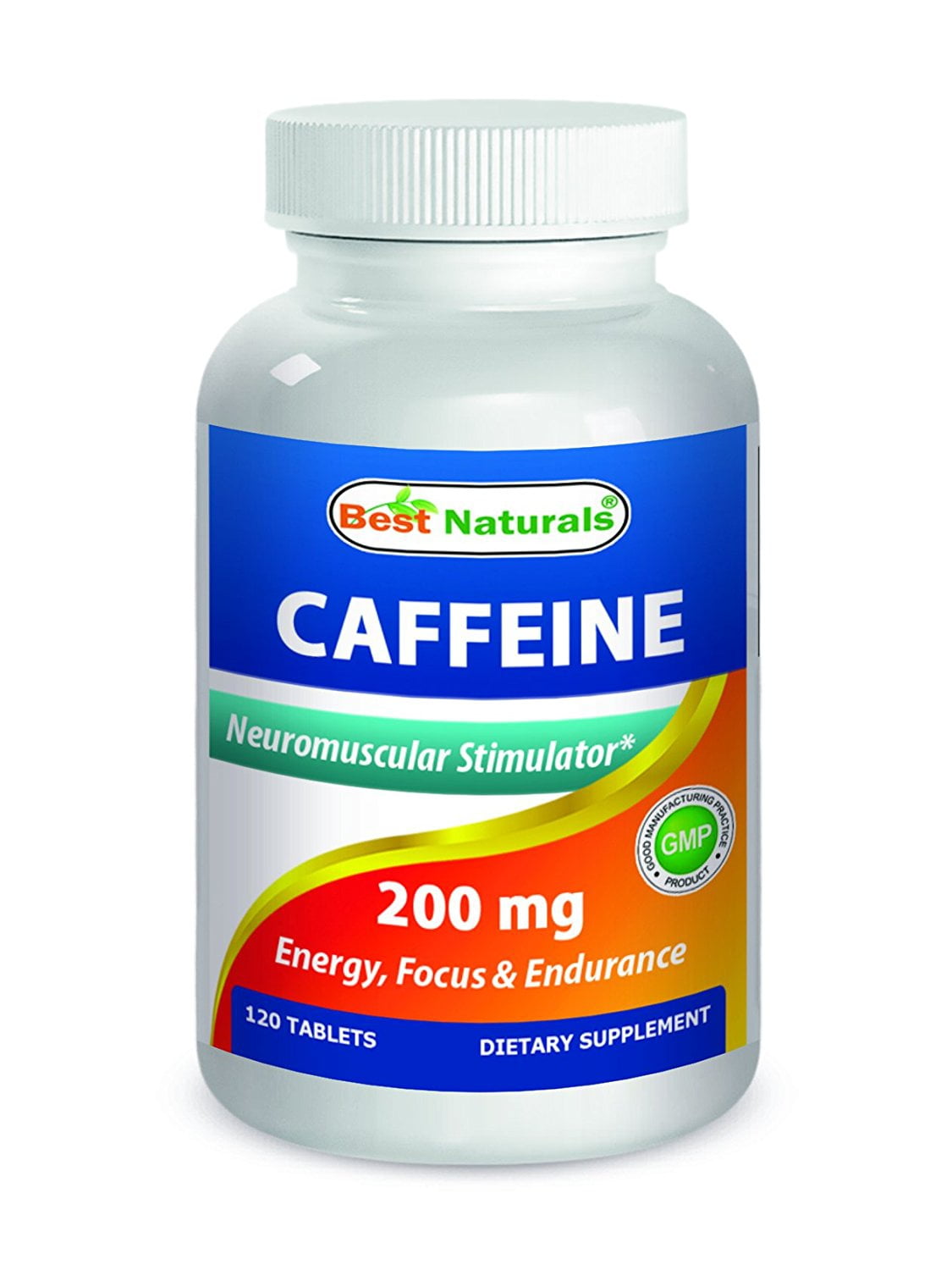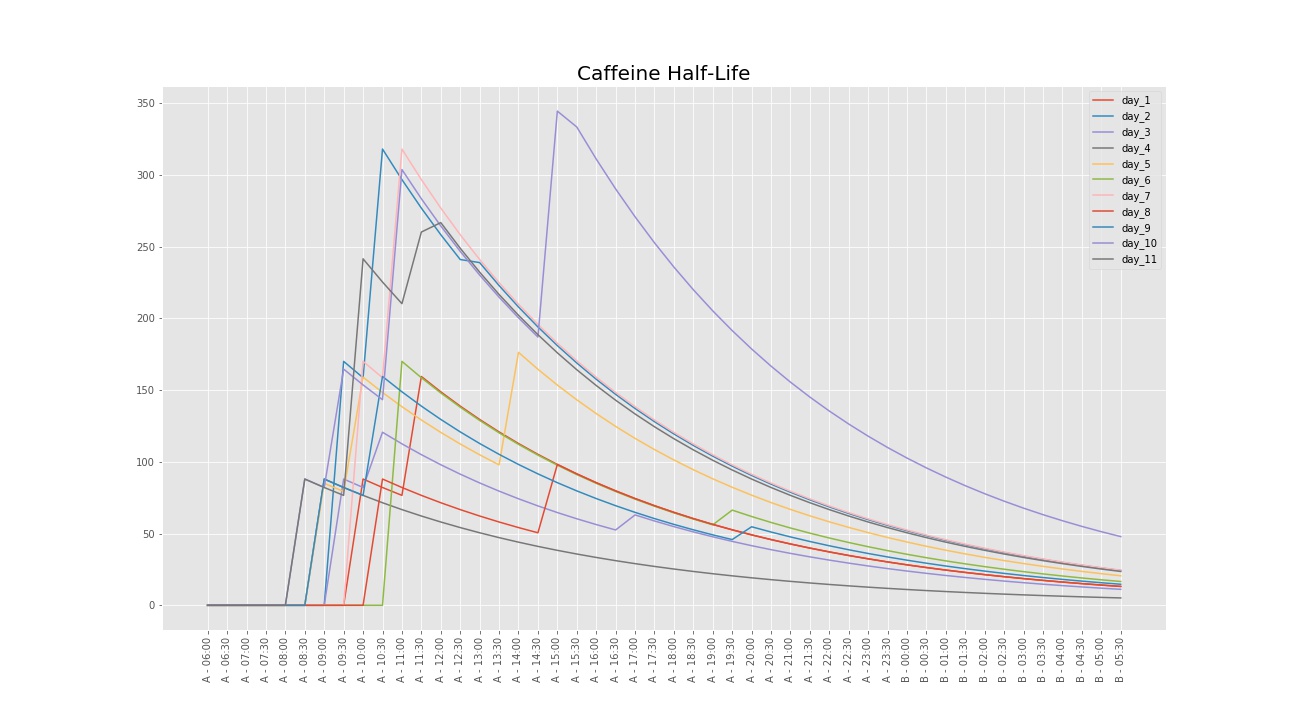
Caffeine is an antagonist towards these receptors: in humans it preferentially blocks A 2A receptors (K D = 2.4 mM) and displays a good affinity towards A 1 (K D = 12 mM) and A 2B receptors (K D = 13 mM), while A 3 receptors are bound with lower affinity (K D = 80 mM). 1).įour subtypes of adenosine receptors, namely, A 1, A 2A, A 2B, and A 3, have been characterized.

It is noteworthy that recent preclinical studies on the interactions between caffeine and amphetaminic drugs have shown that caffeine amplifies not only the behavioral but also the neurotoxic effects of these drugs (Frau et al. Finally, caffeine-mediated psychoactive effects may powerfully influence those of other centrally active substances, leading to either their amplification (amphetamine) or attenuation (alcohol). Recent findings, however, indicate that this neuroprotective effect of caffeine may be absent in pathologies such as Huntington’s disease and amyotrophic lateral sclerosis (Huntington French Speaking Network 2013 Potenza et al. Next to this, the existence of a neuroprotective potential ( Neuroprotection) for caffeine has been observed in experimental animal models of Parkinson’s and Alzheimer’s disease and of ischemia, and suggested in humans based on epidemiological evaluation of the incidence of these diseases. However, it is debated whether this result reflects a genuine effect on memory or rather stems from caffeine-induced increase in alertness. Furthermore, nootropic properties have been suggested for caffeine based on its beneficial effects in tests measuring memory function. Caffeine also elicits rewarding effects associated with a beneficial influence on mood and interferes with the perception of stimuli, bearing discriminative properties ( Drug Discrimination) towards other psychostimulants. Caffeine-induced psychostimulant effects include increased wakefulness, delayed need for sleep, reduced fatigue perception, and augmented alertness. Psychostimulation is the most popular among the central effects exerted by caffeine (Fig. Furthermore, effect inversion can take place after either intake of high doses or prolonged consumption of caffeine.įull size table Biological Effects: Central Effects Some of caffeine effects are manifested only after its intake at very high doses, while tolerance to certain effects may occur after prolonged caffeine consumption. This depends, on the one hand, on the existence of a different inter-individual responsiveness to caffeine and, on the other, on the rate and duration of caffeine consumption. Although psychostimulation is envisioned as “the” effect of caffeine, other effects may be associated with caffeine intake whose nature and intensity considerably vary among consumers. Biological Effects: General OverviewĬaffeine is capable of targeting several body organs and of influencing complex physiopathological phenomena (Table 1). Moreover, caffeine is a component of certain over-the-counter medications and of several dietary supplements.


Nowadays, caffeine can be found in dietary products like coffee, tea, mate, and chocolate as well as an additive to soft drinks, particularly in the so-called “energy drinks”. During that time, “coffee houses” were established in Constantinople and Venice. The appreciation of caffeine dates to the seventeenth century. Coffee as a beverage was first imported in Europe by the venetian Prospero Alpino in 1570, while Léonard Rauwolf, a German physician and botanist, was the first European to describe in 1573 the preparation and drinking of coffee, and Friedrich Runge in 1819 first isolated caffeine. However, it is believed that consumption of caffeine-containing plants began far earlier, perhaps even during the Stone Age. The most ancient documentation on the consumption of caffeine-containing plants and their derivatives dates back to China of the third century, where caffeine was consumed as tea. Caffeine is contained in several vegetal species, the most famous being Coffea arabica, Thea sinensis, and Theobroma cacao.


 0 kommentar(er)
0 kommentar(er)
